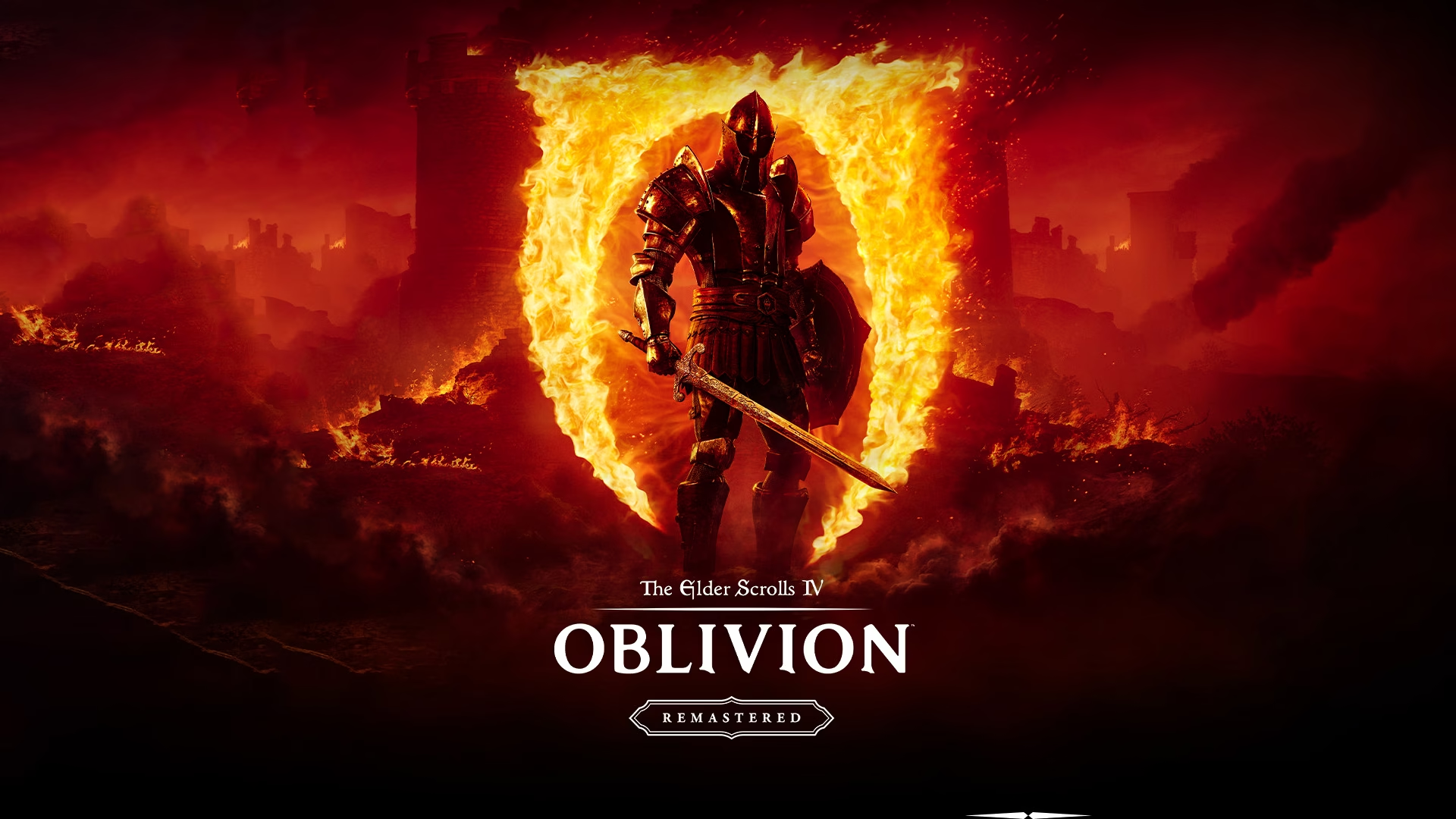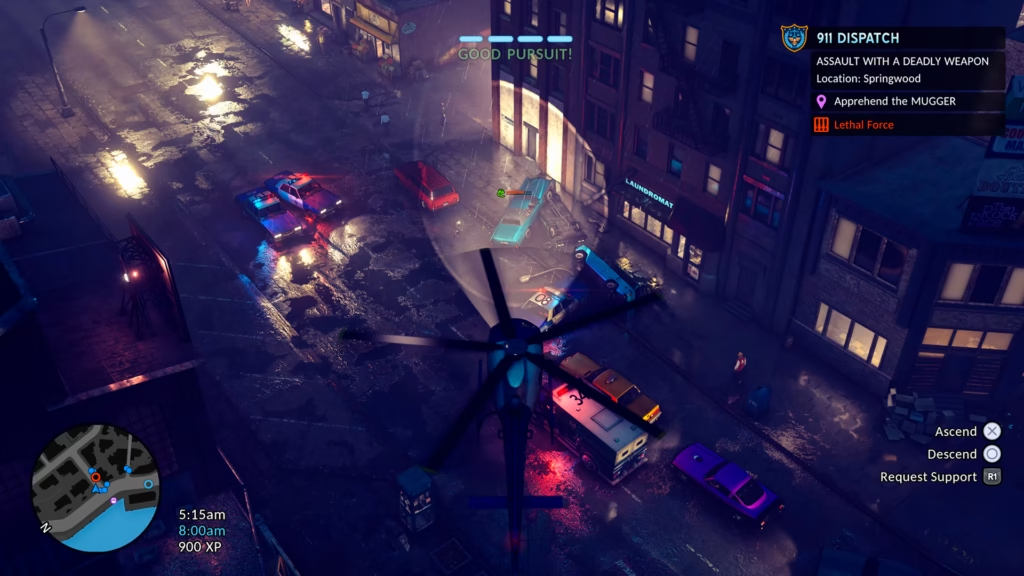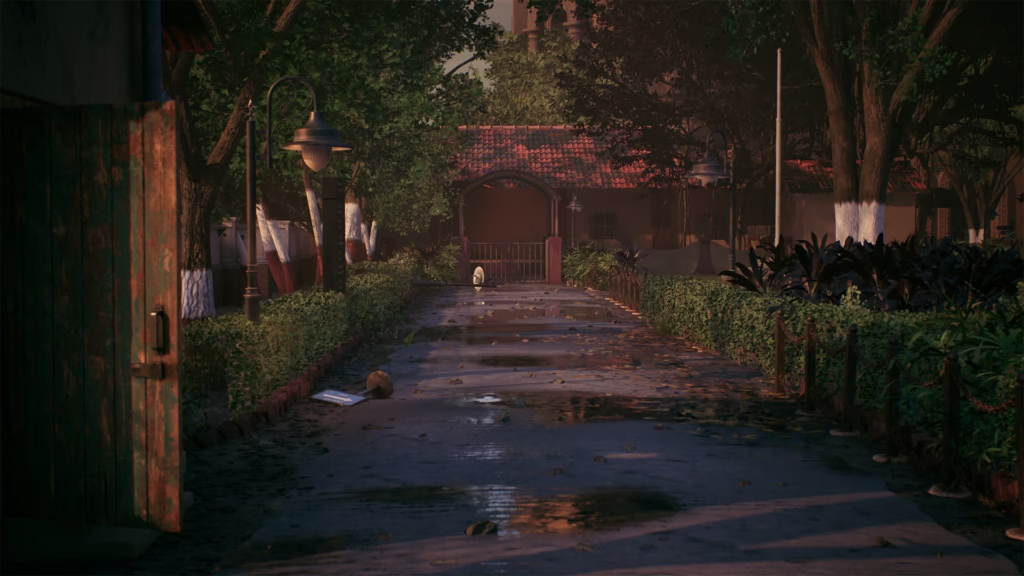I’m not sure which I find harder to believe: That I first played The Elder Scrolls IV: Oblivion nearly 20 years ago (man, I’m old), or the fact that nearly 20 years later, the Oblivion remaster is just as janky and runs just as poorly on my (very expensive) PC as it did in 2006 (I’m struggling to get a stable 60 FPS with an RTX 5080). In fact, I don’t think Bethesda Game Studios has managed to develop a single jank-free games in decades, or that it’s capable of ever doing so.
Just to clear up any potential confusion, the likes of Doom (id Software), Indiana Jones and the Great Circle (MachineGames), and Hi-Fi Rush (Tango GameWorks) were only published by Bethesda. The company played no role in the development side of things.
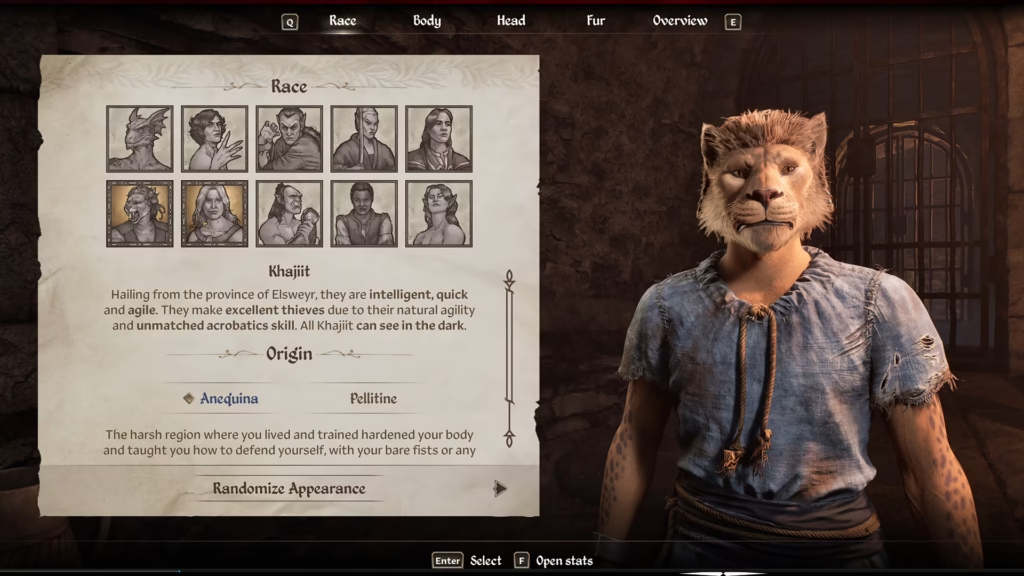
If you think about it, every single franchise in the Bethesda-developed catalogue — Elder Scrolls, Fallout, and more recently Starfield — is iconic but plays the same, and is known for its jank and meme-worthy (often game-breaking) bugs. Also without exception, Bethesda-developed games have been poorly optimised, feature the worst inventory management systems I’ve ever encountered, and use mechanics that make little sense. If it wasn’t for the slightly better physics system and dragons, I’d be hard-pressed to tell Oblivion and Skyrim apart. In fact, every time I play the Oblivion remaster I half expect a dragon to pop up from over the horizon and get frustrated that there’s no Fus Ro Dah for crowd control.
What I find most fascinating, though, is that from a design standpoint I find it difficult to tell Starfield’s procedurally-generated dungeons and encounters apart from Oblivion’s manually crafted ones. How has Bethesda evolved so little over the decades, and why are we okay with it?
I get it, Oblivion is iconic (a winner of multiple game-of-the-year awards no less), very old, and its jank had its own charm when it debuted in 2006. I’m fairly certain that part of the game’s appeal lay in its extensive moddability and the community that came up around modding. What I don’t get is why in 2025, despite using a cutting-edge game engine and incorporating extensive visual tweaks (some inspired by modders no doubt), we still don’t have, and at a bare minimum, markers for destroyed Oblivion gates and completed dungeons, a horse that’s actually useful, a less daft inventory management system, and doors that don’t require loading screens.
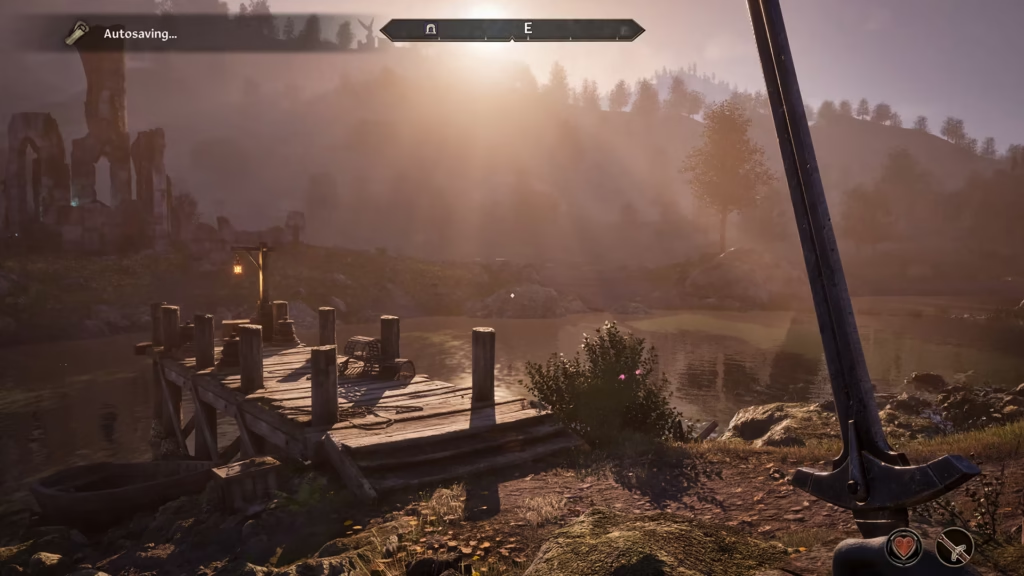
I say all this, but when I look back at my gaming history, I see that I’ve sunk hundreds of hours collectively into Oblivion (remaster included), Skyrim, Fallout 3 and 4, and Starfield. Despite the jank and the bugs and the stagnant game design, and everything else I’ve ranted about so far, I still seem to love these games enough to have spent as much time playing them as I have playing my beloved Dark Souls games.
If you were to ask me why, I couldn’t tell you. I’m frustrated by Oblivion’s design but I look forward to my nightly sessions in Cyrodil (the world in which Oblivion is set). The game’s on my backlog currently include Dredge, Cyberpunk 2077, and The Last of Us Part II. Instead of playing those, I’ve been reading up on how to optimise my dark elf’s skill tree, contemplating joining the Mage’s Guild, and trying to find the elusive Grey Fox without resorting to guides and walkthroughs. I’ve already made plans for new builds, I don’t particularly care whether I find Uriel’s heir or whether the Daedra succeed, but I do have a fortress to furnish, a library to build, and alchemical skills to master.
I curse the devs as I look up console commands and mods to ease my frustrations and wish they’d do better, especially for a game that costs Rs 4,162, but I also want to wrap this article up quick and resume my hunt for ninroot so Sinderion can finally make me that potion.
